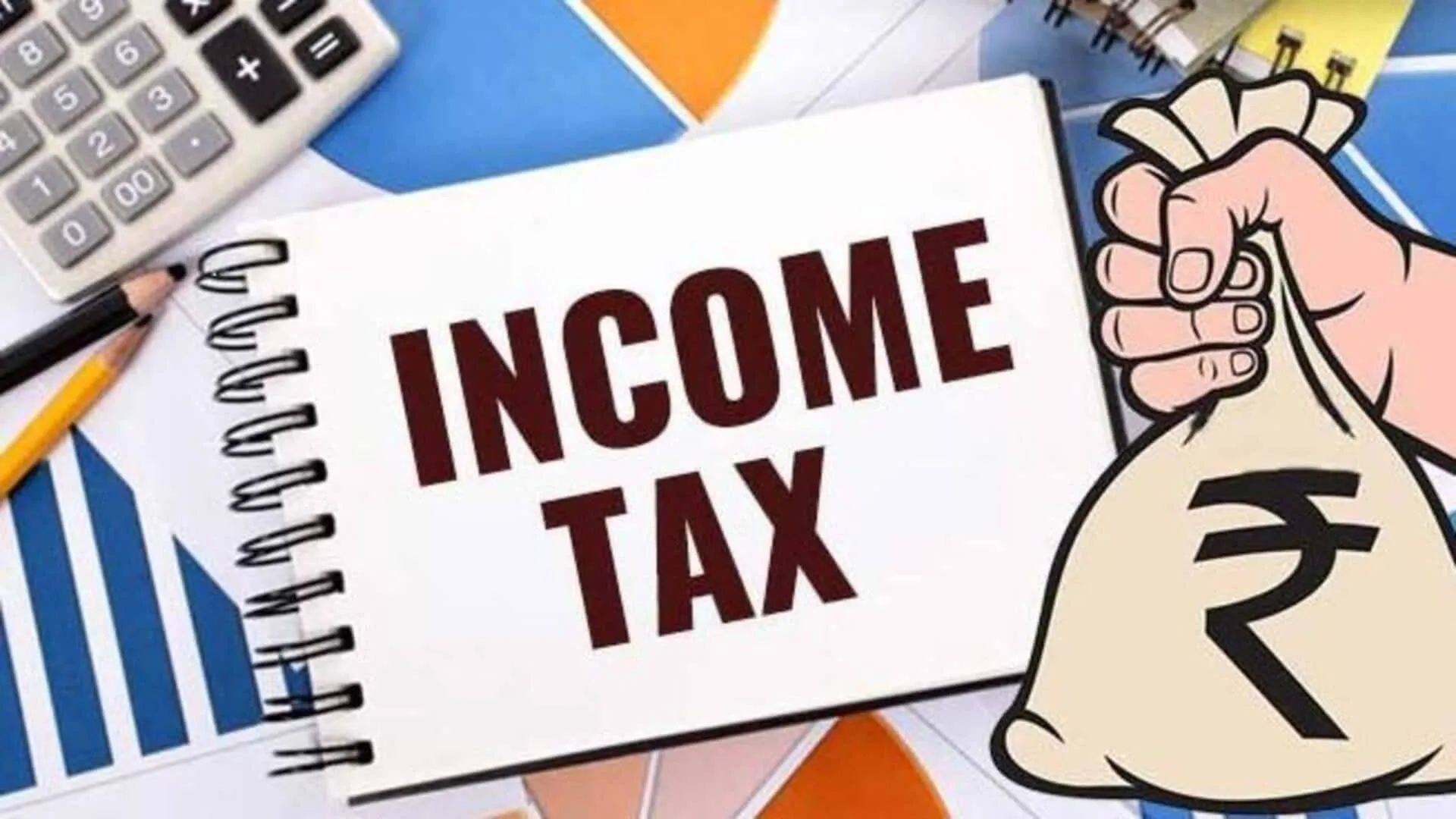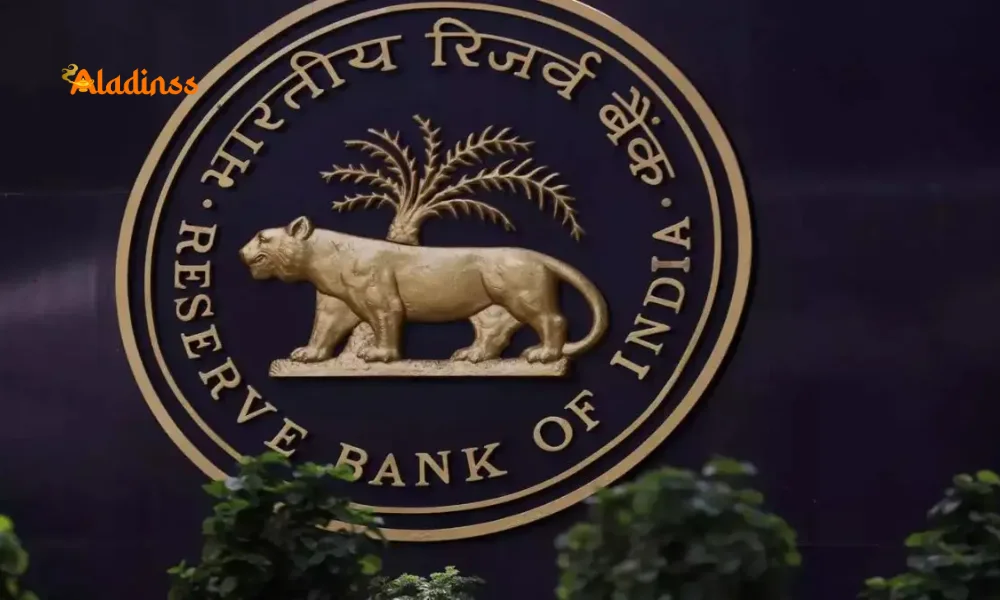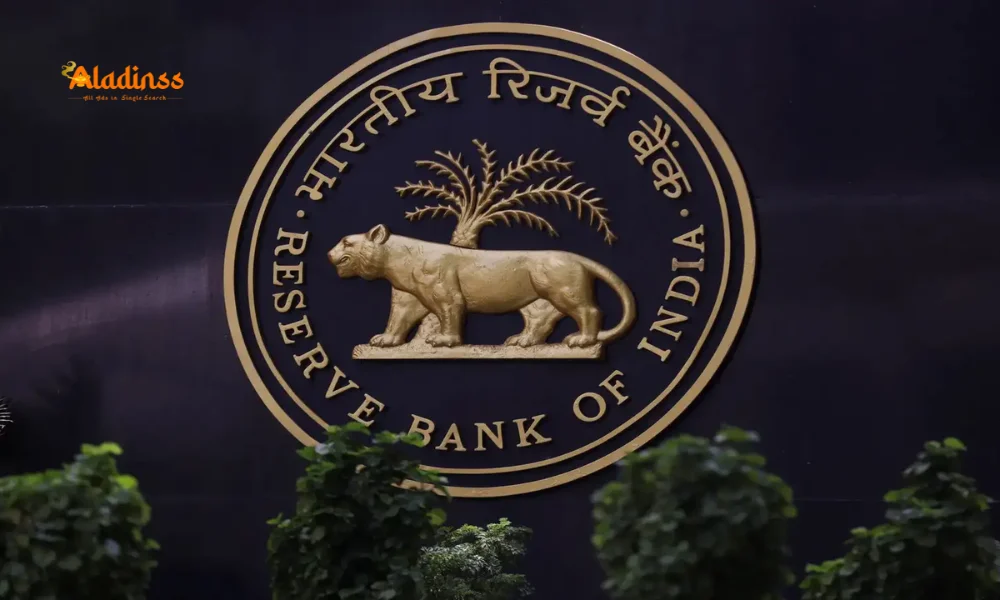How to Pay Zero Income Tax in India Legally 2025 Guide

How to Pay Zero Income Tax in India Legally – 2025 Guide
Paying zero income tax legally in India is entirely possible in 2025 through strategic utilization of deductions, exemptions, and investment options under the Income Tax Act. With rising salaries and inflation, understanding legal tax-saving avenues becomes crucial for maximizing take-home income. This comprehensive guide reveals proven methods to reduce tax liability to zero without violating any laws.
The government offers over ₹7.75 lakh in combined deductions under various sections that, when fully utilized, can eliminate tax for individuals earning up to ₹15–18 lakh annually. Zero tax strategies 2025 combine salary structuring, investment planning, and expense optimization to achieve complete tax freedom legally.

Success requires understanding both old and new tax regimes, choosing optimal salary components, and making timely investments. This guide covers every legitimate method to pay zero tax in India 2025, from basic exemption limits to advanced agricultural income strategies, ensuring complete compliance while minimizing tax outflow.
Understanding the Two Tax Regimes in 2025
India operates dual tax regimes the old regime with deductions and the new regime with lower rates but fewer exemptions. The new regime offers ₹7 lakh standard exemption with slab rates starting at 5% above this threshold. However, the old regime allows ₹5 lakh exemption plus multiple deductions making zero tax more achievable.
For incomes up to ₹12 lakh, the old regime typically saves more tax when deductions are maximized. Individuals must choose their regime annually during ITR filing. Switching between regimes is allowed except for business income cases. Proper regime selection forms the foundation of zero tax planning.
The new regime eliminates most deductions but provides higher basic exemption. Salaried individuals with minimal investments benefit from new regime simplicity. Those willing to invest systematically find old regime more advantageous for achieving zero tax liability.
Strategy 1: Maximize Section 80C Deductions (₹1.5 Lakh)
Section 80C remains the cornerstone of tax saving with ₹1.5 lakh deduction limit. ELSS mutual funds offer the best combination of tax saving and wealth creation with 3-year lock-in and potential 12-15% returns. Public Provident Fund (PPF) provides guaranteed 7.1% returns with 15-year tenure.
Life insurance premiums, tuition fees for two children, and home loan principal repayment qualify under 80C. National Pension System (NPS) additional ₹50,000 deduction falls under 80CCD(1B). Combining ELSS, PPF, and insurance maximizes this section's benefit.
- ELSS mutual funds (3-year lock-in)
- PPF contributions (15-year tenure)
- Life insurance premiums
- Children education fees
- Home loan principal
Strategy 2: Health Insurance Under Section 80D (₹1 Lakh)
Section 80D allows ₹25,000 for self/family health insurance and ₹50,000 for senior citizen parents. Preventive health check-ups up to ₹5,000 count within these limits. Family floater policies covering parents maximize deduction while ensuring comprehensive coverage.
Cash payments for preventive check-ups qualify unlike regular medical reimbursement. Multi-year policies provide premium discounts and ensure continuous coverage. Critical illness riders enhance protection while staying within deduction limits.
Super top-up plans offer high coverage at low premiums. Employer-provided health insurance doesn't affect 80D deduction for additional personal policies. Regular premium payments maintain policy active status and deduction eligibility.
Strategy 3: Home Loan Interest Deduction (₹2 Lakh)
Section 24(b) allows ₹2 lakh deduction on home loan interest for self-occupied property. Let-out properties have no interest deduction limit. Pre-construction interest becomes deductible in five equal installments post possession.
Joint home loans double deduction limits to ₹4 lakh for co-owners. Under-construction properties accumulate interest during construction period. Stamp duty and registration charges qualify for 80C deduction in purchase year.
Loss under house property head sets off against other income heads. Principal repayment qualifies under 80C separately. Proper documentation ensures smooth deduction claims during assessment.
Strategy 4: Salary Restructuring Components
Intelligent salary structuring converts taxable income into exempt allowances. Food allowance up to ₹26,400 annually (₹2,200 monthly) remains tax-free. LTA covers two journeys in four years with proper bills. Children education allowance ₹3,600 per child (maximum two) stays exempt.
HRA exemption applies for rented accommodation with actual rent receipts. Transport allowance for differently-abled employees offers ₹3,200 monthly exemption. Gift vouchers up to ₹5,000 annually remain tax-free. Company-leased car reduces taxable perquisite value.
- Food coupons (₹2,200/month)
- LTA with travel bills
- HRA with rent agreement
- Children hostel allowance
- Telephone reimbursement
Strategy 5: NPS Employer Contribution (10% of Salary)
Section 80CCD(2) allows employer NPS contribution up to 10% of basic + DA without monetary limit. This deduction applies over and above 80C limit. Government employees enjoy 14% employer contribution. Private sector negotiations can include NPS in CTC.
Tier-I NPS account ensures deduction eligibility. Employer contribution doesn't form part of ₹1.5 lakh 80C limit. 60% corpus withdrawal at retirement remains tax-free. Annuity purchase provides regular pension income.
Active choice allows equity allocation up to 75% for higher returns. Auto choice provides age-based risk reduction. Regular contribution maintains deduction continuity across financial years.
Strategy 6: Agricultural Income Exemption
Agricultural income remains completely exempt from income tax. Revenue from land situated in India used for agricultural purposes qualifies. This includes sale of produce, rent from agricultural land, and income from nursery operations.
Proper documentation through land records and sale receipts establishes agricultural income genuineness. Income from processing agricultural produce within basic operations stays exempt. Dairy farming, poultry, and bee-keeping don't qualify as agricultural income.
Partial agricultural income calculation applies for rate purposes when non-agricultural income exceeds basic exemption. Maintaining separate agricultural income records prevents scrutiny during assessment proceedings.
Strategy 7: Education Loan Interest Deduction
Section 80E provides unlimited deduction on education loan interest for eight years. Loan must be from recognized financial institution for higher education. Course can be in India or abroad, full-time or distance learning.
Deduction starts from repayment year and continues for maximum eight years. Principal repayment doesn't qualify for deduction. Co-borrower parents claim deduction if they repay EMI. Loan for spouse or children qualifies.
Moratorium period interest accumulates and becomes deductible during repayment phase. Proper interest certificate from bank ensures smooth deduction claim. Vocational courses and skill development programs qualify under this section.
Strategy 8: Donation to Approved Charities
Section 80G allows 50% or 100% deduction on donations to approved institutions. 100% deduction applies to National Defence Fund, Prime Minister Relief Fund without monetary limit. 50% deduction applies to most other approved charities with qualifying limit.
Cash donations above ₹2,000 don't qualify. Online transfers with proper receipts ensure deduction eligibility. Qualifying limit for 50% deduction charities is 10% of adjusted gross total income. Excess donations carry forward isn't allowed.
- Prime Minister National Relief Fund
- National Defence Fund
- Approved temples and trusts
- Scientific research associations
- Educational institutions
Strategy 9: Medical Treatment Deductions
Section 80DDB provides ₹40,000 (₹1 lakh for senior citizens) deduction for specified diseases treatment. This includes cancer, AIDS, neurological diseases, and chronic renal failure. Actual expenses or deduction limit whichever lower applies.
Certificate from prescribed specialist in government hospital required. Insurance reimbursement reduces eligible deduction amount. Preventive health check-up expenses up to ₹5,000 qualify under 80D separately.
Section 80DD provides ₹75,000 (₹1.25 lakh for severe disability) for dependent disability maintenance. Medical certificates renewal every five years maintains deduction continuity. Training and rehabilitation expenses qualify under this section.
Strategy 10: Complete Zero Tax Blueprint
Combining all strategies creates complete tax elimination. Sample structure for ₹15 lakh annual income: Basic exemption ₹5 lakh, 80C ₹1.5 lakh, 80D ₹1 lakh, 24(b) ₹2 lakh, NPS employer ₹1.5 lakh, HRA ₹3 lakh, LTA ₹50,000, food ₹26,400 total deductions exceed income resulting in zero tax.
Early financial year planning ensures investment completion before March 31. Regular documentation maintenance prevents assessment complications. Professional consultation optimizes complex scenarios involving agricultural income and property losses.
Legal tax planning enhances wealth creation through disciplined investing. The strategies outlined transform tax saving from burden to opportunity. Implementation requires understanding individual circumstances and proper execution timing.
Zero tax achievement represents financial intelligence, not income concealment. Every rupee saved through legal deductions becomes available for wealth creation. Start planning from salary negotiation stage and maintain investment discipline throughout the year.
Comment / Reply From
No comments yet. Be the first to comment!









